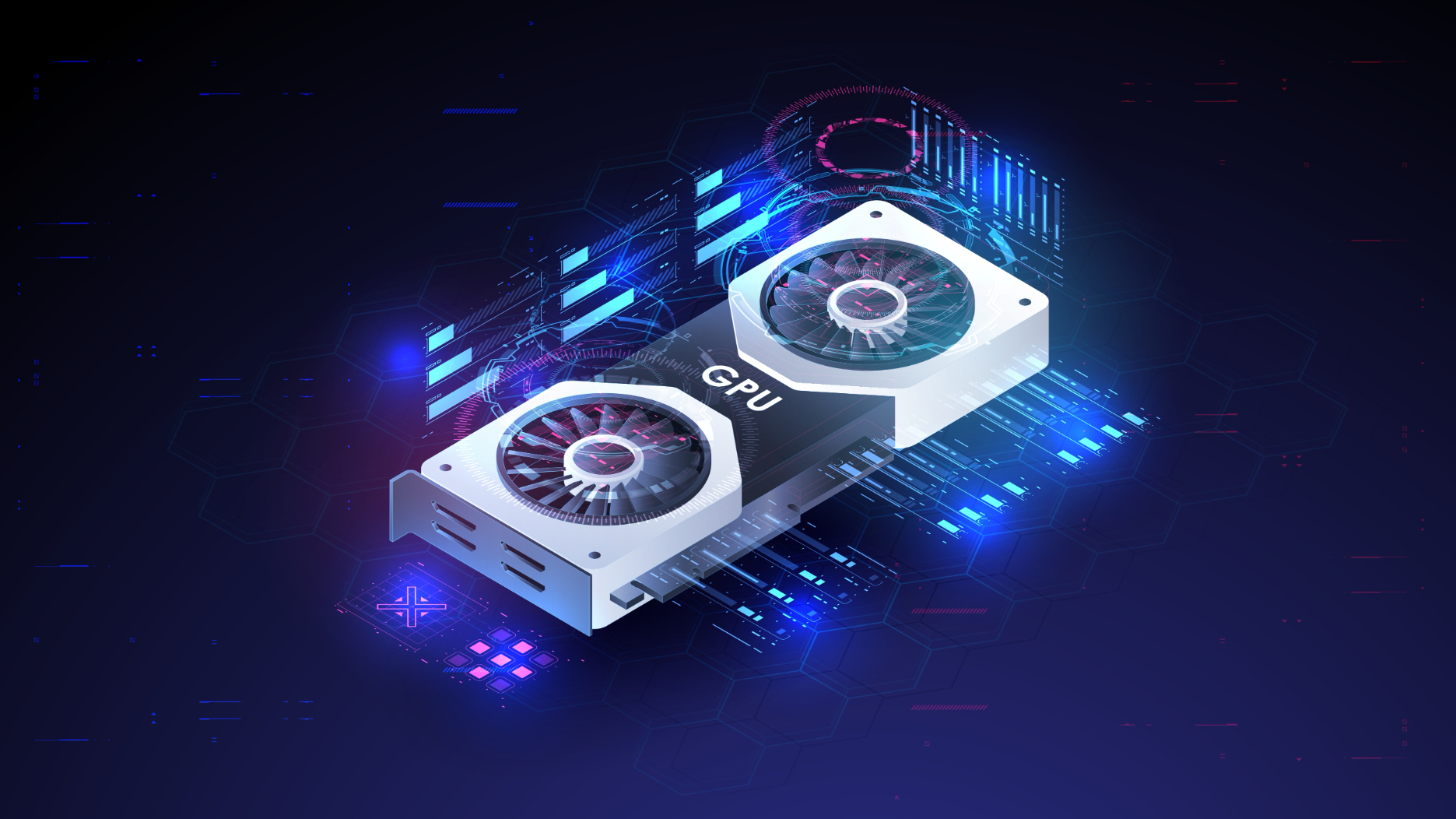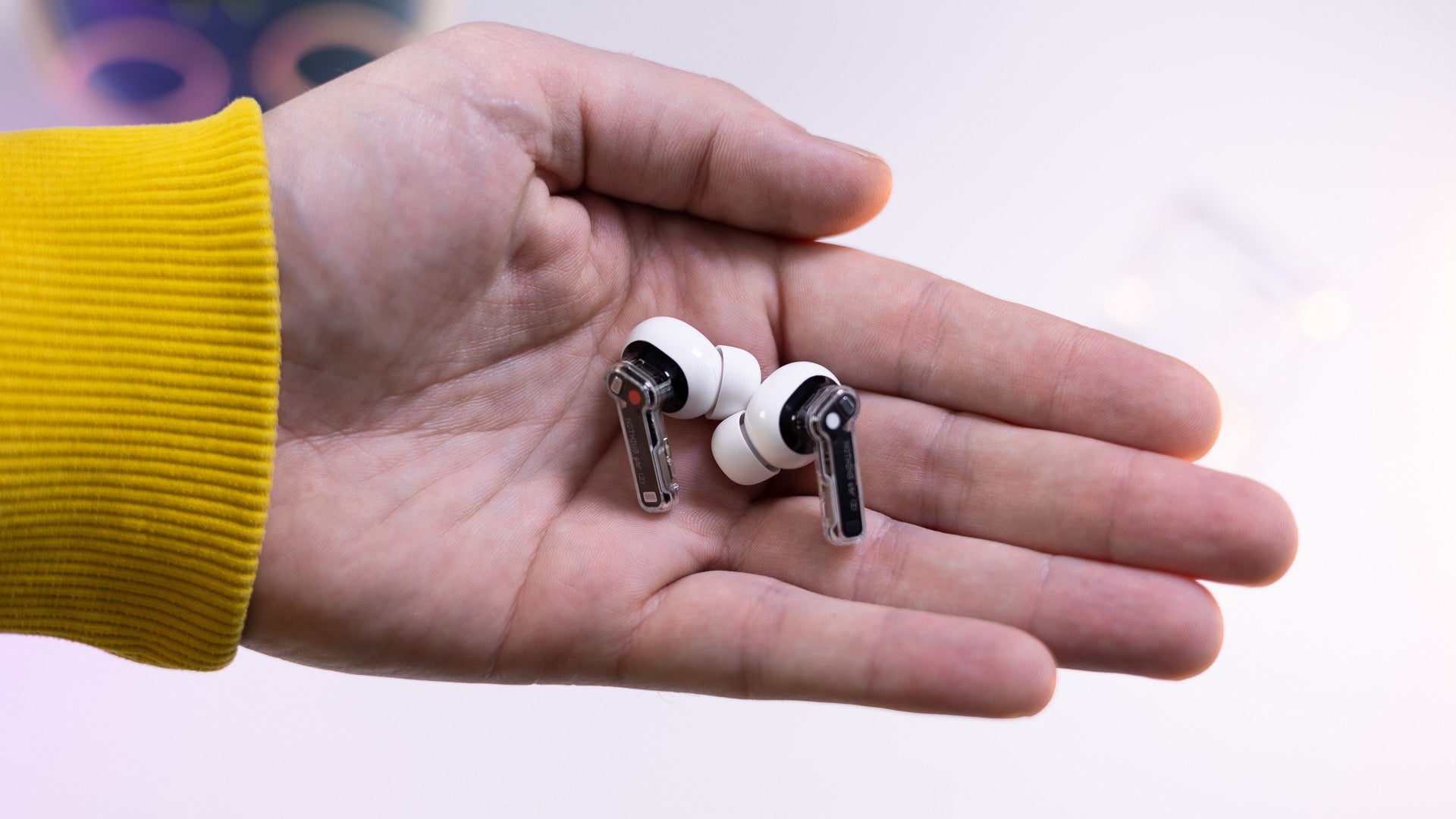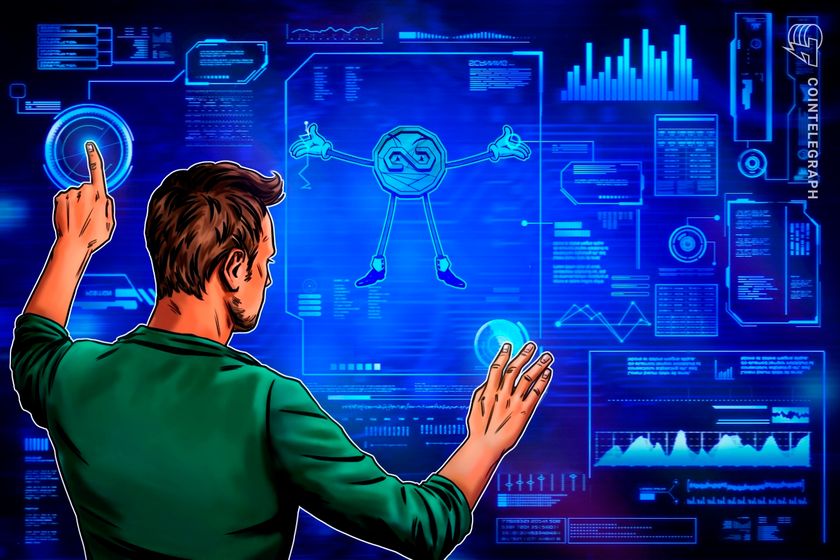The Evolution of Physical Security Tools
Today's physical security tools have undergone a dramatic transformation, evolving from simple standalone devices into sophisticated digital systems that integrate deeply with IT networks. This integration offers enhanced capabilities but also creates new security challenges that organizations must carefully manage. As these tools become increasingly connected, security professionals must balance robust protection with potential cybersecurity risks. The market's rapid growth — expected to reach $136.9 billion by 2028 — demonstrates how critical these systems have become for modern organizations. This comprehensive guide examines nine essential security technologies, their implementation strategies, and methods to protect against potential vulnerabilities while maximizing their protective capabilities. Surveillance Technologies in Modern Security Modern surveillance systems represent far more than simple video recording equipment. These sophisticated platforms combine advanced analytics, artificial intelligence, and high-resolution imaging to create comprehensive security monitoring solutions. Organizations can now detect, analyze, and respond to security threats in real-time, transforming traditional passive monitoring into active threat prevention. Core Components of Surveillance Systems Advanced Camera Technologies Modern security cameras come in several specialized configurations: PTZ (Pan-Tilt-Zoom) cameras for dynamic viewing capabilities Thermal imaging cameras for low-light conditions and temperature monitoring Installation Tip: Proper camera positioning is crucial — mounting height must balance between optimal coverage and facial recognition capabilities. Video Management Platforms Enterprise-grade video management software (VMS) like Genetec and Milestone enables: Integration of multiple camera feeds Access control and threat response coordination Secure configurations (e.g., VLANs, encryption protocols) Storage Solutions Surveillance footage is stored using: Network Video Recorders (NVRs) Digital Video Recorders (DVRs) Advanced compression (e.g., H.265+) Intelligent Analytics Integration AI and machine learning provide analytical capabilities such as: Real-time motion detection Perimeter breach alerts Facial recognition Behavioral analysis Automated incident reporting Pro Tip: Configure analytics to focus on high-risk zones and priority activities for best results. Access Control: The Foundation of Physical Security Access control is a blend of hardware and software solutions that regulate entry into protected spaces. It ensures credential validation, movement tracking, and seamless integration with other security components. Components of Modern Access Control Authentication Hardware Examples include: Smart card readers with encrypted communication Biometric scanners (fingerprint/retinal) Multi-tech keypads for PIN + card access Turnstiles and speed gates for crowd management System Architecture and Integration Access systems can be: Standalone: Simple and localized Networked: Centralized and scalable Selection Tip: Choose based on facility size, budget, and integration needs. Best Implementation Practices Security Measures Multi-factor authentication Regular credential reviews Encrypted device communication Automated audit trails Data Management and Backup Cloud-based backups Redundant storage Health monitoring and maintenance Automated compliance reporting Scalability Considerations Ensure support for: New access points and credentials Emerging authentication tech Multi-site management Comprehensive Alarm System Architecture Alarm systems offer real-time threat detection and alert capabilities, creating a robust defensive layer. System Configurations Wired Systems: Stable, reliable (best for new builds) Wireless Systems: Flexible, fast to deploy Hybrid Systems: Combination for complex sites Essential Components Central Control Units Key features: Signal processing Multiple comms paths Intelligent algorithms Remote management Detection Devices Include: Motion sensors Glass-break sensors Door/window contacts Environmental monitors Vibration detectors Response Components For rapid response: High-decibel sirens Emergency communication modules Mobile alerts Law enforcement notification Surveillance integration Maintenance Tip: Regular testing ensures performance and reliability. Conclusion The landscape of physical security is evolving fast. Success relies on strategic implementation, system integration, and ongoing maintenance. Key Considerations Integration across platforms Scalable design Balance of effectiveness and efficiency Regular updates and audits Staff training

Today's physical security tools have undergone a dramatic transformation, evolving from simple standalone devices into sophisticated digital systems that integrate deeply with IT networks. This integration offers enhanced capabilities but also creates new security challenges that organizations must carefully manage. As these tools become increasingly connected, security professionals must balance robust protection with potential cybersecurity risks. The market's rapid growth — expected to reach $136.9 billion by 2028 — demonstrates how critical these systems have become for modern organizations.
This comprehensive guide examines nine essential security technologies, their implementation strategies, and methods to protect against potential vulnerabilities while maximizing their protective capabilities.
Surveillance Technologies in Modern Security
Modern surveillance systems represent far more than simple video recording equipment. These sophisticated platforms combine advanced analytics, artificial intelligence, and high-resolution imaging to create comprehensive security monitoring solutions. Organizations can now detect, analyze, and respond to security threats in real-time, transforming traditional passive monitoring into active threat prevention.
Core Components of Surveillance Systems
Advanced Camera Technologies
Modern security cameras come in several specialized configurations:
- PTZ (Pan-Tilt-Zoom) cameras for dynamic viewing capabilities
- Thermal imaging cameras for low-light conditions and temperature monitoring
Installation Tip: Proper camera positioning is crucial — mounting height must balance between optimal coverage and facial recognition capabilities.
Video Management Platforms
Enterprise-grade video management software (VMS) like Genetec and Milestone enables:
- Integration of multiple camera feeds
- Access control and threat response coordination
- Secure configurations (e.g., VLANs, encryption protocols)
Storage Solutions
Surveillance footage is stored using:
- Network Video Recorders (NVRs)
- Digital Video Recorders (DVRs)
- Advanced compression (e.g., H.265+)
Intelligent Analytics Integration
AI and machine learning provide analytical capabilities such as:
- Real-time motion detection
- Perimeter breach alerts
- Facial recognition
- Behavioral analysis
- Automated incident reporting
Pro Tip: Configure analytics to focus on high-risk zones and priority activities for best results.
Access Control: The Foundation of Physical Security
Access control is a blend of hardware and software solutions that regulate entry into protected spaces. It ensures credential validation, movement tracking, and seamless integration with other security components.
Components of Modern Access Control
Authentication Hardware
Examples include:
- Smart card readers with encrypted communication
- Biometric scanners (fingerprint/retinal)
- Multi-tech keypads for PIN + card access
- Turnstiles and speed gates for crowd management
System Architecture and Integration
Access systems can be:
- Standalone: Simple and localized
- Networked: Centralized and scalable
Selection Tip: Choose based on facility size, budget, and integration needs.
Best Implementation Practices
Security Measures
- Multi-factor authentication
- Regular credential reviews
- Encrypted device communication
- Automated audit trails
Data Management and Backup
- Cloud-based backups
- Redundant storage
- Health monitoring and maintenance
- Automated compliance reporting
Scalability Considerations
Ensure support for:
- New access points and credentials
- Emerging authentication tech
- Multi-site management
Comprehensive Alarm System Architecture
Alarm systems offer real-time threat detection and alert capabilities, creating a robust defensive layer.
System Configurations
- Wired Systems: Stable, reliable (best for new builds)
- Wireless Systems: Flexible, fast to deploy
- Hybrid Systems: Combination for complex sites
Essential Components
Central Control Units
Key features:
- Signal processing
- Multiple comms paths
- Intelligent algorithms
- Remote management
Detection Devices
Include:
- Motion sensors
- Glass-break sensors
- Door/window contacts
- Environmental monitors
- Vibration detectors
Response Components
For rapid response:
- High-decibel sirens
- Emergency communication modules
- Mobile alerts
- Law enforcement notification
- Surveillance integration
Maintenance Tip: Regular testing ensures performance and reliability.
Conclusion
The landscape of physical security is evolving fast. Success relies on strategic implementation, system integration, and ongoing maintenance.
Key Considerations
- Integration across platforms
- Scalable design
- Balance of effectiveness and efficiency
- Regular updates and audits
- Staff training
Organizations should implement layered security strategies that combine surveillance, access control, and alarms into unified systems. This integrated model maximizes protection while enhancing operational efficiency.
Final Thought: The future of physical security lies in smart, adaptive systems — stay informed, stay secure.









































































































































































![[The AI Show Episode 144]: ChatGPT’s New Memory, Shopify CEO’s Leaked “AI First” Memo, Google Cloud Next Releases, o3 and o4-mini Coming Soon & Llama 4’s Rocky Launch](https://www.marketingaiinstitute.com/hubfs/ep%20144%20cover.png)




















































































































































































.jpg?width=1920&height=1920&fit=bounds&quality=70&format=jpg&auto=webp#)






















































































_Olekcii_Mach_Alamy.jpg?width=1280&auto=webp&quality=80&disable=upscale#)













































































































![Apple Drops New Immersive Adventure Episode for Vision Pro: 'Hill Climb' [Video]](https://www.iclarified.com/images/news/97133/97133/97133-640.jpg)

![Most iPhones Sold in the U.S. Will Be Made in India by 2026 [Report]](https://www.iclarified.com/images/news/97130/97130/97130-640.jpg)
![Apple to Shift Robotics Unit From AI Division to Hardware Engineering [Report]](https://www.iclarified.com/images/news/97128/97128/97128-640.jpg)


































































































































